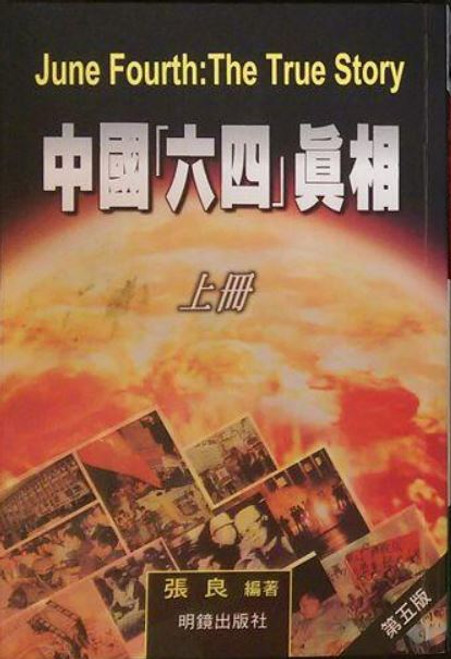The Tiananmen Papers contains documents unearthed from the guarded core of the Chinese Politburo. It reveals the highest-level processes of decision-making during the tumultuous events surrounding the terrible massacre in Tiananmen Square on 4 June 1989.
Drawn from about 2,000 documents, The Tiananmen Papers have been compiled and edited as part of an extraordinary collaboration between America's most prominent China scholars and a handful of Chinese people who have risked their lives to obtain them.
The Chinese pro-democracy demonstrations in 1989 were the longest lasting and most influential in the world. The Tiananmen Papers exposes the desperate conflict during the period among a few strong leaders, whose personalities emerge with unprecedented vividness. Its revelations of the most important event in modern Chinese history will have a profound impact not only in China, but in every country in the world that deals with China.
Table of Contents
Reflections on June Fourth
The Documents and Their Significance
1986-Spring 1989: Seeds of Crisis
April 8-23: The Student Movement Begins
April 24-30: The April 26 Editorial
May 1-6: Signs of Compromise
May 6-16: Hunger Strike
May 16-19: The Fall of Zhao Ziyang
May 19-22: Martial Law
May 23-25: The Conflict Intensifies
May 26-28: The Elders Choose Jiang Zemin
May 29-June 3: Preparing to Clear the Square
June Fourth
June 1989 and after: Renewed Struggle over China's Future
Reflections on Authentication
Abbreviations
Who Was Who: One Hundred Brief Biographies.




